Themed collection 2017 Highlight article collection

Hierarchically structured magnesium based oxides: synthesis strategies and applications in organic pollutant remediation
In this highlight, we review the design and formation of MgO based hierarchical structures and cover some selected examples on their applications in adsorption of organic contaminants.
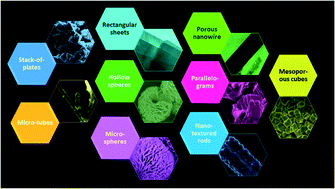
CrystEngComm, 2017,19, 6913-6926
https://doi.org/10.1039/C7CE01755C
Hollow CuxO (x = 2, 1) micro/nanostructures: synthesis, fundamental properties and applications
In this review, we comprehensively summarize the important advances in hollow CuxO micro/nanostructures, including the universal synthesis strategies, the interfacial Cu–O atomic structures as well as the intrinsic properties, and potential applications. Remarks on emerging issues and promising research directions are also discussed.
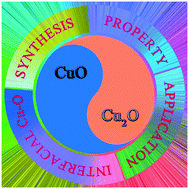
CrystEngComm, 2017,19, 6225-6251
https://doi.org/10.1039/C7CE01530E
Recent progress in the synthesis of nanostructured magnesium hydroxide
This highlight discusses magnesium hydroxide design at the nanoscale, common aspects of crystallite growth and how nanostructuring impacts properties.
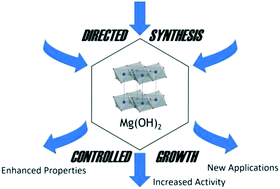
CrystEngComm, 2017,19, 6067-6084
https://doi.org/10.1039/C7CE01570D
Co-crystallization of 1,3,5-trifluoro-2,4,6-triiodobenzene (1,3,5-TFTIB) with a variety of Lewis bases through halogen-bonding interactions
Co-crystallization of 1,3,5-trifluoro-2,4,6-triiodobenzene (1,3,5-TFTIB) with a variety of halogen-bonding acceptors.
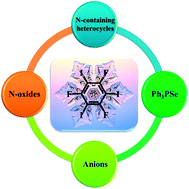
CrystEngComm, 2017,19, 5504-5521
https://doi.org/10.1039/C7CE01284E
GeTe: a simple compound blessed with a plethora of properties
A selection from the wide range of functional properties present in the binary compound, GeTe, are reviewed is this paper.
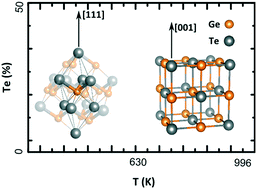
CrystEngComm, 2017,19, 5324-5335
https://doi.org/10.1039/C7CE01040K
cis-Protected palladium(II) based binuclear complexes as tectons in crystal engineering and the imperative role of the cis-protecting agent
The shape and molecular packing of cis-protected Pd(II) based binuclear complexes depends upon the ligand and cis-protecting agents.
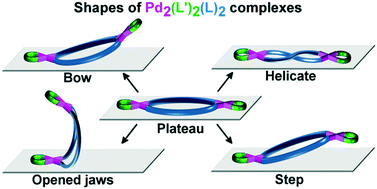
CrystEngComm, 2017,19, 5157-5172
https://doi.org/10.1039/C7CE00654C
Experimental and theoretical investigations of the gas adsorption sites in rht-metal–organic frameworks
This highlight article reviews the experimental and theoretical studies that have been implemented to investigate the sorption sites for gases in rht-metal–organic frameworks.
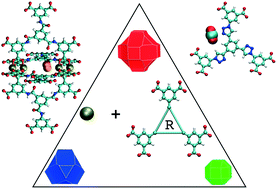
CrystEngComm, 2017,19, 4646-4665
https://doi.org/10.1039/C7CE01032J
Recent advances on supramolecular isomerism in metal organic frameworks
This review highlights selected examples of supramolecular isomerism in the area of metal organic frameworks and major factors of their formation are also discussed.
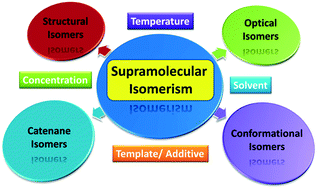
CrystEngComm, 2017,19, 4666-4695
https://doi.org/10.1039/C7CE00756F
Efficient pure green emission from Er-doped Ga2O3 films
This review describes recent advances in the properties of Er-doped Ga2O3 films and light-emitting devices based on these films.
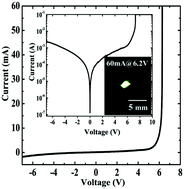
CrystEngComm, 2017,19, 4448-4458
https://doi.org/10.1039/C7CE00553A
High-pressure crystallization and properties of diamond from magnesium-based catalysts
HPHT diamond synthesis using catalysts based on magnesium demonstrates a number of intriguing characteristics. In this highlight, we review the major characteristics of the growth, morphology, internal structure, and defect and impurity content of diamonds crystallized using Mg-based catalysts.

CrystEngComm, 2017,19, 4459-4475
https://doi.org/10.1039/C7CE01083D
Unravelling chromism in metal–organic frameworks
Chromophoric MOFs are reviewed, focussing on those which change colour on application of external stimuli such as heat, pressure, light or chemical environment.
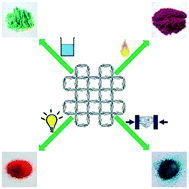
CrystEngComm, 2017,19, 4238-4259
https://doi.org/10.1039/C7CE00710H
Photocatalytic metal–organic frameworks for organic transformations
Metal–organic frameworks (MOFs) have attracted increasing attention for applications in heterogeneous photocatalysis.
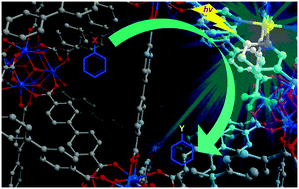
CrystEngComm, 2017,19, 4126-4136
https://doi.org/10.1039/C7CE00398F
Perspectives on metal–organic frameworks with intrinsic electrocatalytic activity
This highlight article focuses on the rapidly emerging area of electrocatalytic metal–organic frameworks (MOFs) with a particular emphasis on those systems displaying intrinsic activity.
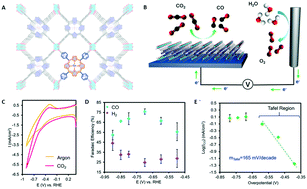
CrystEngComm, 2017,19, 4049-4065
https://doi.org/10.1039/C7CE00215G
Metal–organic frameworks with Lewis acidity: synthesis, characterization, and catalytic applications
In this highlight, we review the recent development in the design and synthesis of metal–organic frameworks with Lewis acidity, the characterization techniques of Lewis acid sites, and their applications in heterogeneous catalysis.
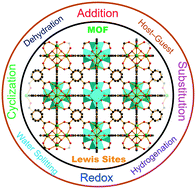
CrystEngComm, 2017,19, 4066-4081
https://doi.org/10.1039/C6CE02660E
Enzyme encapsulation in metal–organic frameworks for applications in catalysis
Various methods for encapsulating enzymes in metal–organic frameworks are discussed and the catalytic activity of biocomposites prepared using these methods is highlighted.
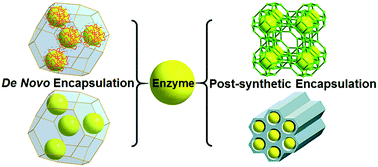
CrystEngComm, 2017,19, 4082-4091
https://doi.org/10.1039/C7CE00022G
Understanding metal–organic frameworks for photocatalytic solar fuel production
The fascinating chemical and physical properties of MOFs have recently stimulated exploration of their application for photocatalysis. Design guidelines for these materials in photocatalytic solar fuel generation can be developed by applying the right spectroscopic tools.
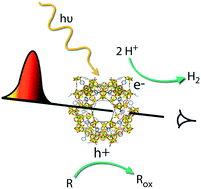
CrystEngComm, 2017,19, 4118-4125
https://doi.org/10.1039/C7CE00006E
MOF catalysts in biomass upgrading towards value-added fine chemicals
The development of new synthetic routes from biomass sources towards already existing molecules, which are then called bio-based molecules, or the transformation of biomass into new building blocks and materials will be of great impact. This review presents a critical comparison between MOFs and other catalysts (e.g. zeolites) for biomass transformation.
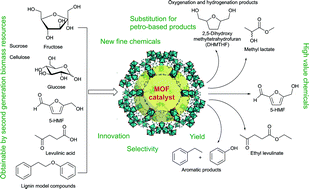
CrystEngComm, 2017,19, 4092-4117
https://doi.org/10.1039/C6CE01782G
Hydrothermal synthesis of strontium titanate: thermodynamic considerations, morphology control and crystallisation mechanisms
The hydrothermal/solvothermal method is one of the most versatile synthetic routes for producing a large number of compounds. The thermodynamic aspects, the control of morphology and the crystallisation mechanisms are reviewed and discussed in this highlight, with special emphasis on the synthesis of SrTiO3, as a model system.
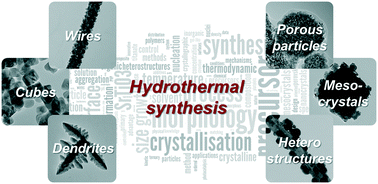
CrystEngComm, 2017,19, 3867-3891
https://doi.org/10.1039/C7CE00834A
Alkoxido-bridged binuclear copper(II) complexes derived from aminoalcohols – useful building blocks in designing coordination polymers with a rich structural variety
Binuclear alkoxido-bridged species act as robust nodes in designing 1-D, 2-D, and 3-D coordination polymers. This paper reviews the chemistry of coordination polymers constructed from alkoxido-bridged binuclear copper(II) nodes and a rich variety of spacers.
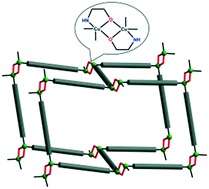
CrystEngComm, 2017,19, 3538-3552
https://doi.org/10.1039/C7CE00798A
The proof is in the powder: revealing structural peculiarities in the Yb3Rh4Sn13 structure type
Compounds adopting the Yb3Rh4Sn13 structure type have drawn attention because of the revelation of exotic states such as heavy fermion behavior, superconductivity, charge density wave, and quantum critical behavior.
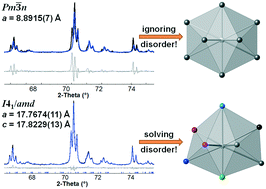
CrystEngComm, 2017,19, 3381-3391
https://doi.org/10.1039/C7CE00419B
Crystal engineering for novel functionalities with oxide thin film epitaxy
Oxides have become recognized as one of the most promising next-generation electronic materials due to the varieties of rich functionalities such as superconductivity, ferromagnetism, ferroelectricity, transparency, etc. This review gives recent advances about crystal engineering of oxide thin films via epitaxy techniques that control the microscopic crystallographic environment.
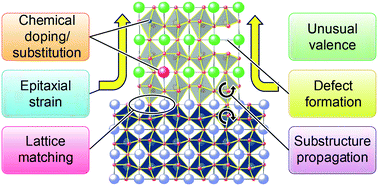
CrystEngComm, 2017,19, 2144-2162
https://doi.org/10.1039/C7CE00322F
How 2-periodic coordination networks are interweaved: entanglement isomerism and polymorphism
A method of analysis of entanglements in coordination polymers allows the classification of catenation patterns in all known 2-periodic coordination networks.
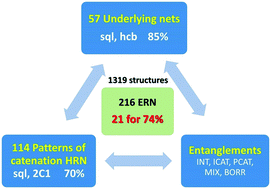
CrystEngComm, 2017,19, 1993-2006
https://doi.org/10.1039/C7CE00313G
Non-equimolar discrete compounds in binary chiral systems of organic substances
1 : 3 and 1 : 2 discrete compounds are verified in two chiral systems and discussed with respect to known cases in the literature.

CrystEngComm, 2017,19, 1851-1869
https://doi.org/10.1039/C6CE02209J
Trinuclear copper(II) pyrazolate compounds: a long story of serendipitous discoveries and rational design
The ease of obtaining the triangular Cu3(μ3-OH)(μ-pz)3 moiety (pz = pyrazolate), and its supramolecular self-assemblies, uses and perspectives are reviewed.

CrystEngComm, 2017,19, 1701-1720
https://doi.org/10.1039/C7CE00009J
Overview of the strategic approaches for the solid-state recognition of hydrated anions
This review highlights the solid state recognition of hydrated anions an expanding area in the domain of supramolecular chemistry.
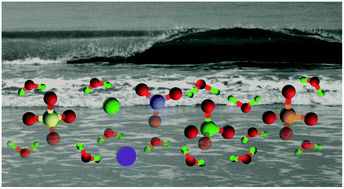
CrystEngComm, 2017,19, 1343-1360
https://doi.org/10.1039/C6CE02438F
A review on recent advances for nucleants and nucleation in protein crystallization
Six nucleant types assist protein crystallization by improving crystal quality, increasing the crystallization success rate and minimizing protein consumption.

CrystEngComm, 2017,19, 1143-1155
https://doi.org/10.1039/C6CE02562E
Structures and applications of metal–organic frameworks featuring metal clusters
This article highlights some examples of metal cluster-based MOFs and their applications including sensing, catalysis and nonlinear optical properties.

CrystEngComm, 2017,19, 745-757
https://doi.org/10.1039/C6CE02293F
Two-dimensional transition metal diseleniums for energy storage application: a review of recent developments
In this review, we have briefly summarized the applications of two-dimensional transition metal diseleniums in supercapacitors, lithium ion batteries, sodium ion batteries and hydrogen storage.

CrystEngComm, 2017,19, 404-418
https://doi.org/10.1039/C6CE02223E
TTF–PTM dyads: from switched molecular self assembly in solution to radical conductors in solid state
Dyads formed by tetrathiafulvalene (TTF) linked to perchlorotriphenylmethyl (PTM) radicals exhibit interesting physical properties such as bistability in solution or conductivity in solid state.
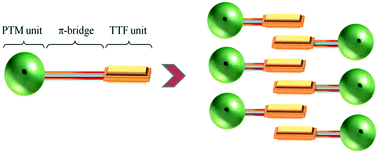
CrystEngComm, 2017,19, 197-206
https://doi.org/10.1039/C6CE01660J
About this collection
This web collection contains the Highlight articles that CrystEngComm has published in 2017.